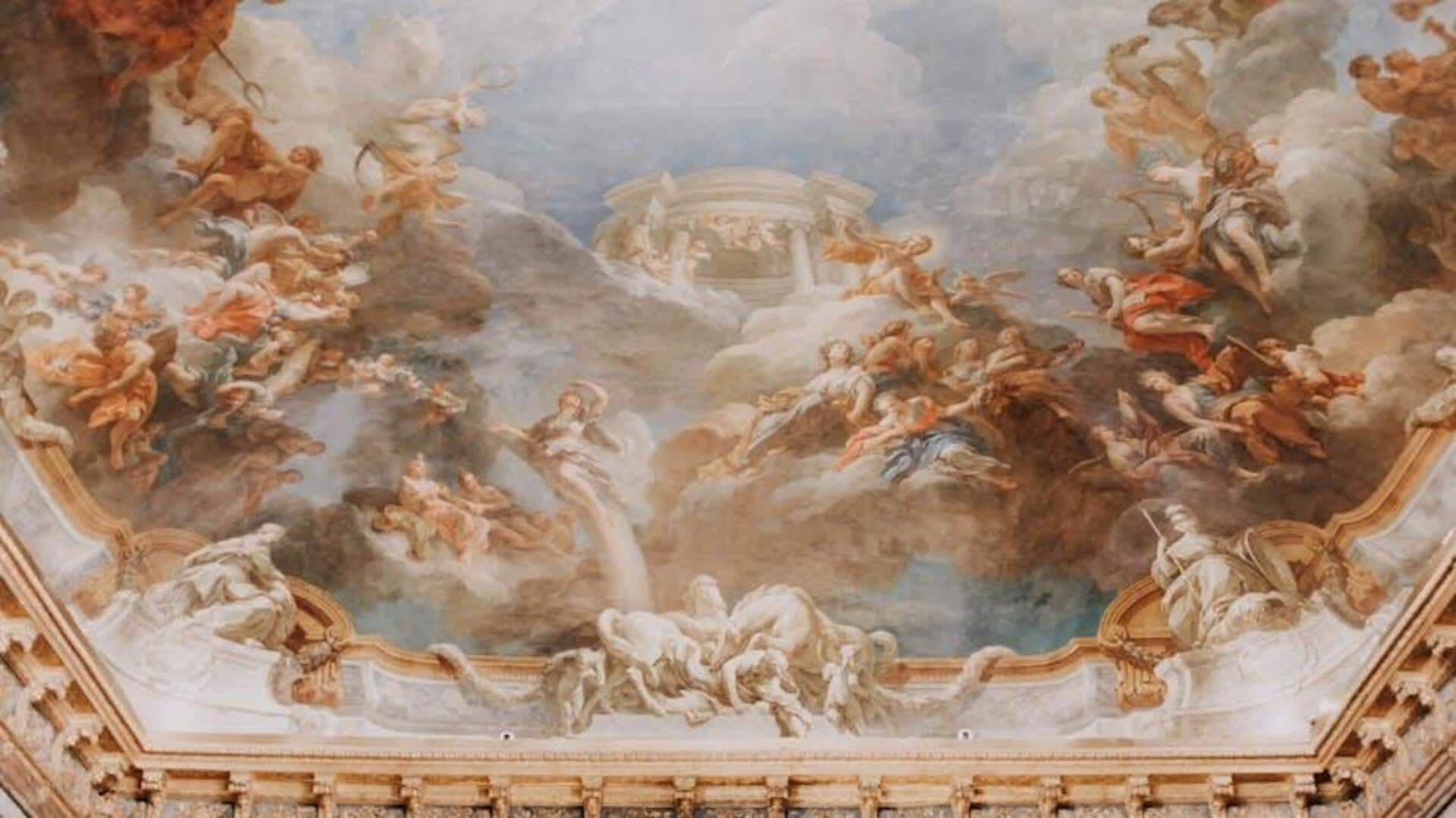
Exploring African fresco painting
What's the story
African fresco painting, a vibrant historical art form, serves as a window into the continent's diverse cultures and traditions. Crafted using pigments on wet plaster, these enduring, colorful artworks not only mirror societal evolution, but also embody spiritual beliefs and cross-cultural exchanges. This article explores its importance, techniques, regional nuances, and modern-day relevance.
Origins
The historical roots of fresco in Africa
Fresco painting has a long and rich history in Africa, stretching back to ancient Egypt around 2000 BCE. These weren't just pretty pictures on walls, though. They were deeply rooted in culture and religion. Over time, as African societies grew and changed, so did their frescoes. New styles and themes emerged, mirroring shifts in society, beliefs, and influences from other cultures.
Crafting
Techniques and materials used
The ancient technique involves blending pigments with water and applying them directly to wet lime plaster. This chemical reaction between plaster and pigments forms a durable color that essentially becomes part of the wall. Artists utilize natural pigments derived from local minerals and plants to achieve a range of vibrant colors. This meticulous process must be executed swiftly before the plaster dries, demanding a high level of skill and precision.
Diversity
Regional variations across Africa
The art of African fresco painting is incredibly diverse, reflecting the continent's rich tapestry of cultures and climates. For example, North African frescoes might showcase complex geometric designs inspired by Islamic art traditions. On the other hand, Southern African frescoes would capture everyday life scenes or native wildlife in warm, earthy hues that echo the region's natural beauty.
Modernity
Contemporary relevance and challenges
Over the past few years, a new generation of contemporary artists has been rekindling interest in traditional African fresco techniques, aiming to preserve this cultural heritage while pushing boundaries with fresh themes and narratives. That said, preservation of ancient frescoes is a major challenge due to environmental factors like humidity and pollution. These conditions can lead to significant deterioration over time.
Getting started
Tips for aspiring fresco artists
For those keen on learning this art form, start by learning traditional methods from seasoned artists if accessible. Experiment with natural pigments from your region, work on smaller scales before tackling bigger pieces, and remember that errors are part of the learning curve. Most importantly, always maintain reverence for the cultural meanings behind the motifs you incorporate in your work.